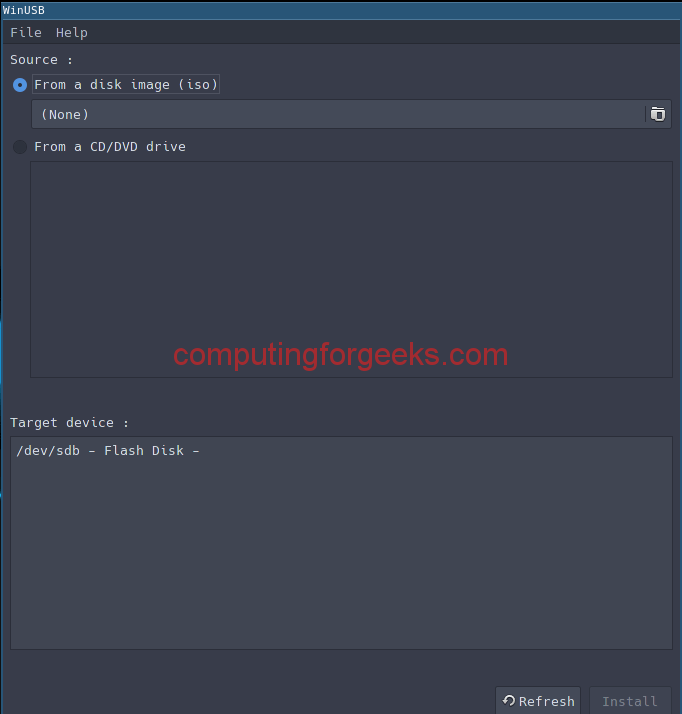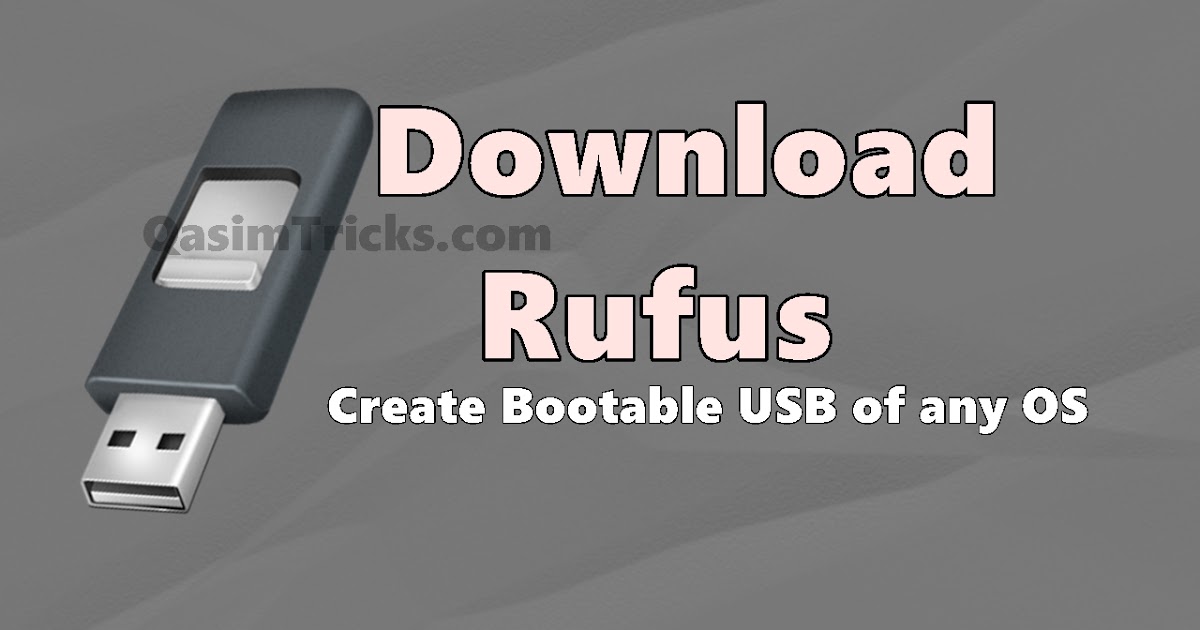

- #Create windows 10 bootable usb from kali how to#
- #Create windows 10 bootable usb from kali install#
- #Create windows 10 bootable usb from kali upgrade#
- #Create windows 10 bootable usb from kali iso#

In this example output you can find the USB device name by looking under Disk, so in my case, it's /dev/sdd. Number Start End Size Type File system Flags Sector size (logical/physical): 512B/512B You'll need to figure out which one of the devices listed is your USB drive, based on the model name, disk size, etc.Įxample with the parted -l command showing an USB drive attached to my computer: This should output the disks and partitions attached to your computer, including the USB drive. Plug-in the USB into your computer, then run the following command (you can also use lsblk or sudo fdisk -l instead or use Gparted if you prefer a GUI) in a terminal: Find out the USB drive device name and available partitions
#Create windows 10 bootable usb from kali install#
Follow the steps below to do this, and then install Ventoy on an USB drive on Linux.ġ. Rufus: Creating A Persistent Storage Live USB With Ubuntu Or Debian From Windowsĭownload and install Ventoy on an USB driveīefore installing Ventoy on an USB drive and creating a bootable USB drive, you need to find out the device name of this USB drive, and unmount it if it's mounted.Create A Persistent Storage Live USB With Ubuntu, Linux Mint Or Debian (UEFI, >4GB Persistence Support).
#Create windows 10 bootable usb from kali how to#
How To Make a Bootable Windows 10 USB On Linux Using WoeUSB.
#Create windows 10 bootable usb from kali iso#
#Create windows 10 bootable usb from kali upgrade#

When you want to use this same USB drive to boot an ISO, all you have to do is copy the ISO file (or multiple ISOs) to the USB and boot from it. Delete all ISO files from it and use it as a regular USB drive (Ventoy only takes a few MB of space and is not visible when mounting the USB drive). To take advantage of the whole USB drive for other purposes, you don't have to format it. Once Ventoy is installed on an USB drive, that USB drive can be used to boot ISO files that you copy to it, but you can also copy other files to it, and that won't affect the operation of Ventoy. It's worth noting that you can continue to use the USB stick for other purposes. You can even create a multiboot USB drive by adding ISO files for some Linux distributions and Windows ISO files on the same USB, as seen in the screenshot at the top of this page. When copying multiple ISO files to the USB drive, Ventoy provides a menu on boot from where you can choose which ISO to boot. ] With Ventoy 1.0.52, the application comes with a GUI for Linux (it already had one for Windows). It has a graphical user interface on Windows only on Linux you'll need to use it from the command line. The application is available for Microsoft Windows and Linux. You install this tool to a USB drive, then simply copy some ISO files to the USB drive and you can boot from it with no other changes (so without having to reformat the USB drive every time you want to create a bootable USB drive, and without having to extract the ISO file contents). Ventoy is a fairly new open source tool to create bootable USB drives using Linux or Microsoft Windows ISO files.


 0 kommentar(er)
0 kommentar(er)
